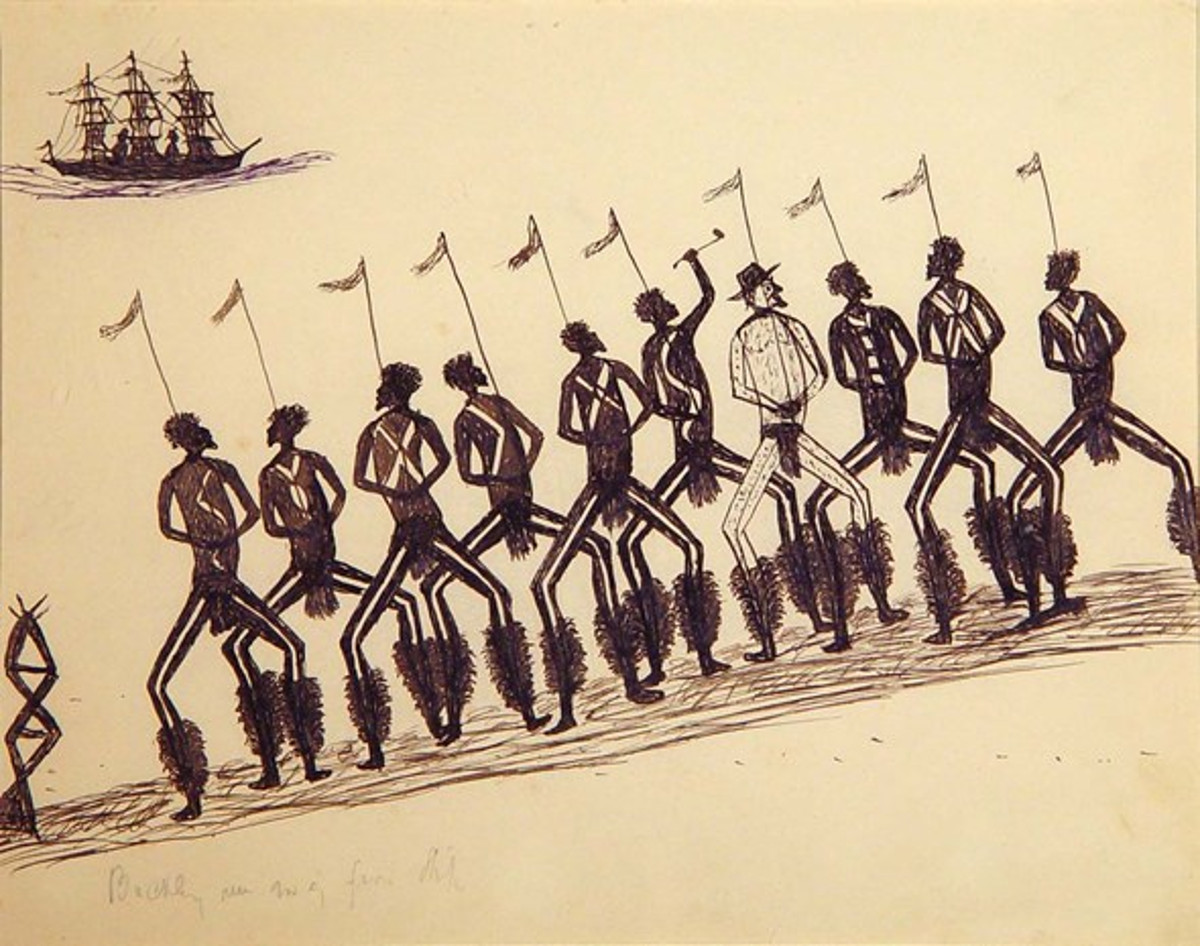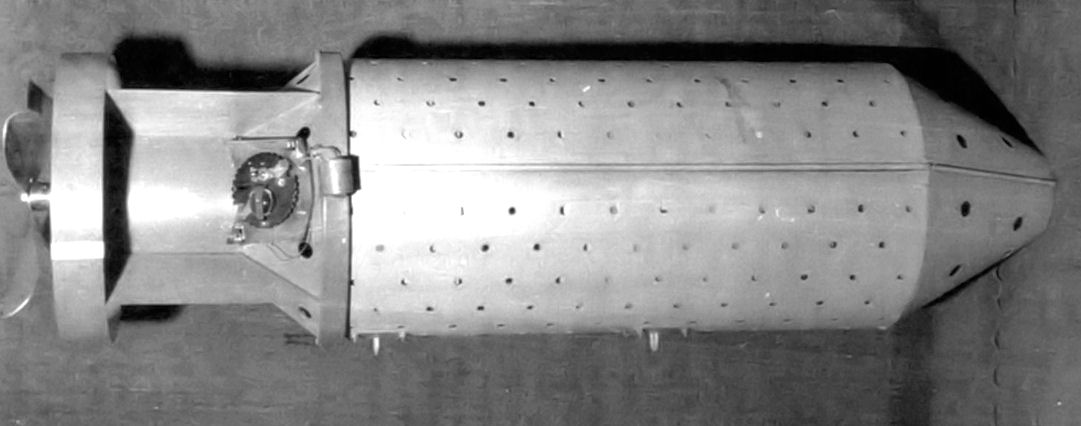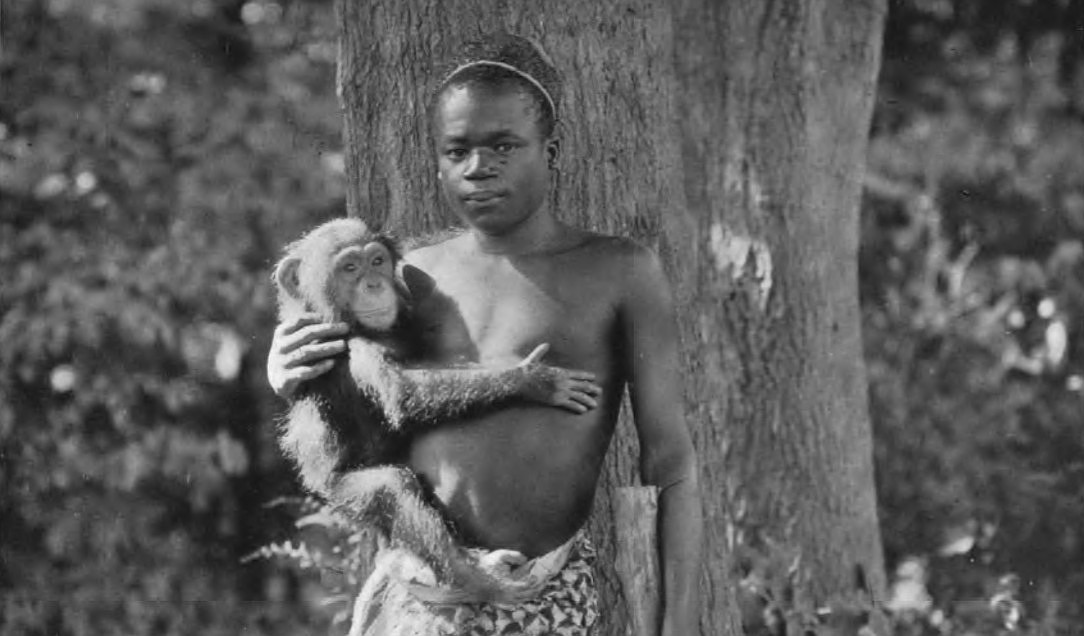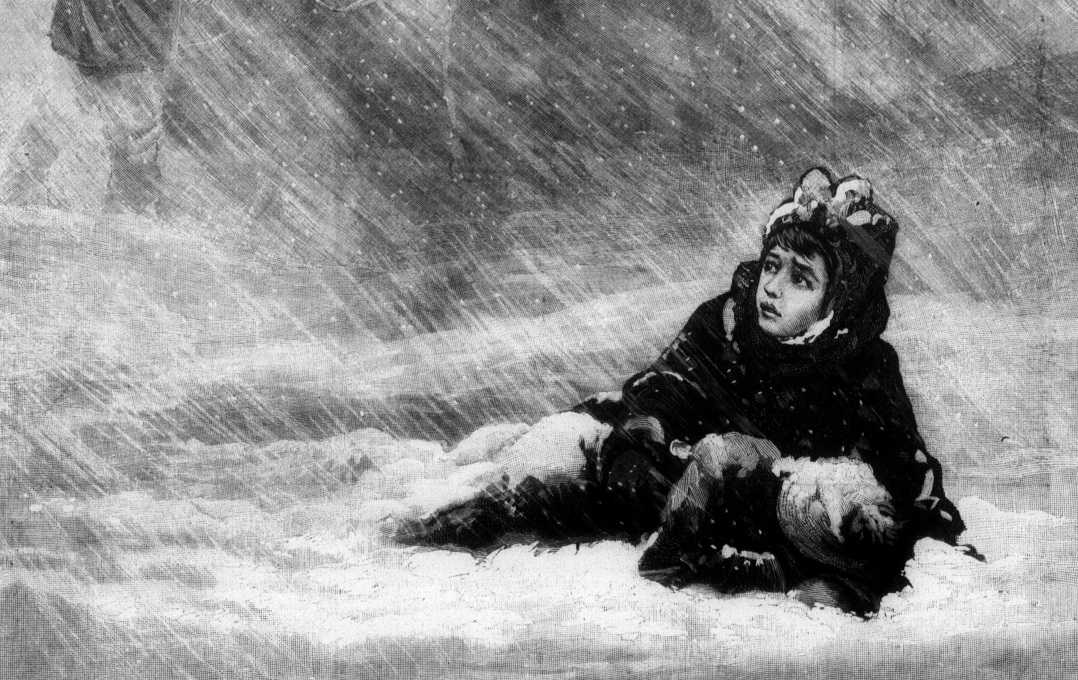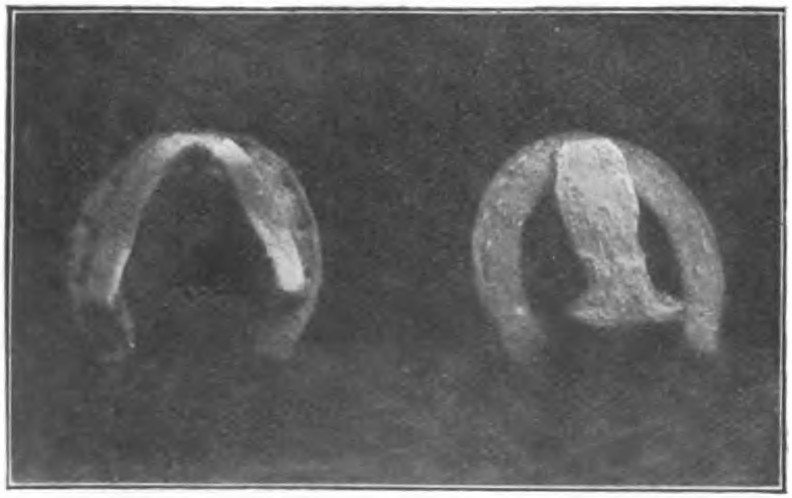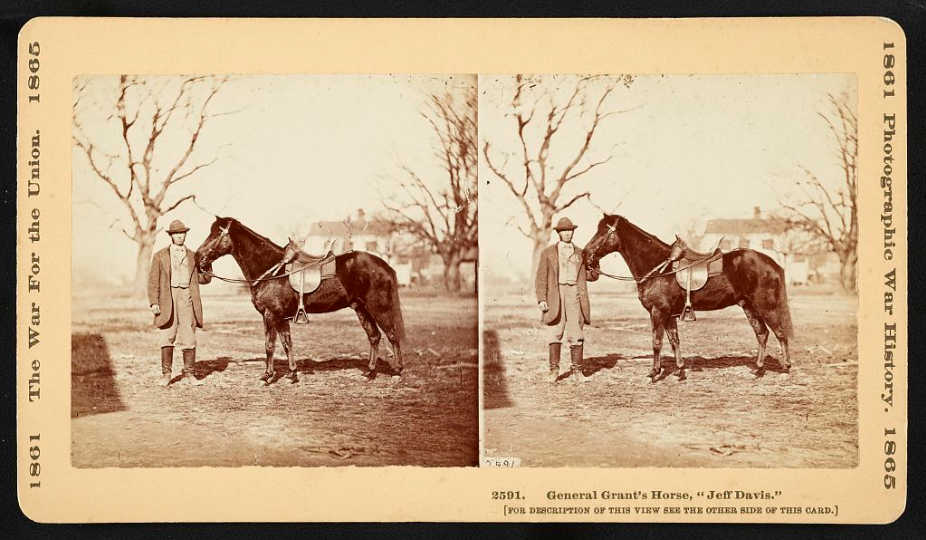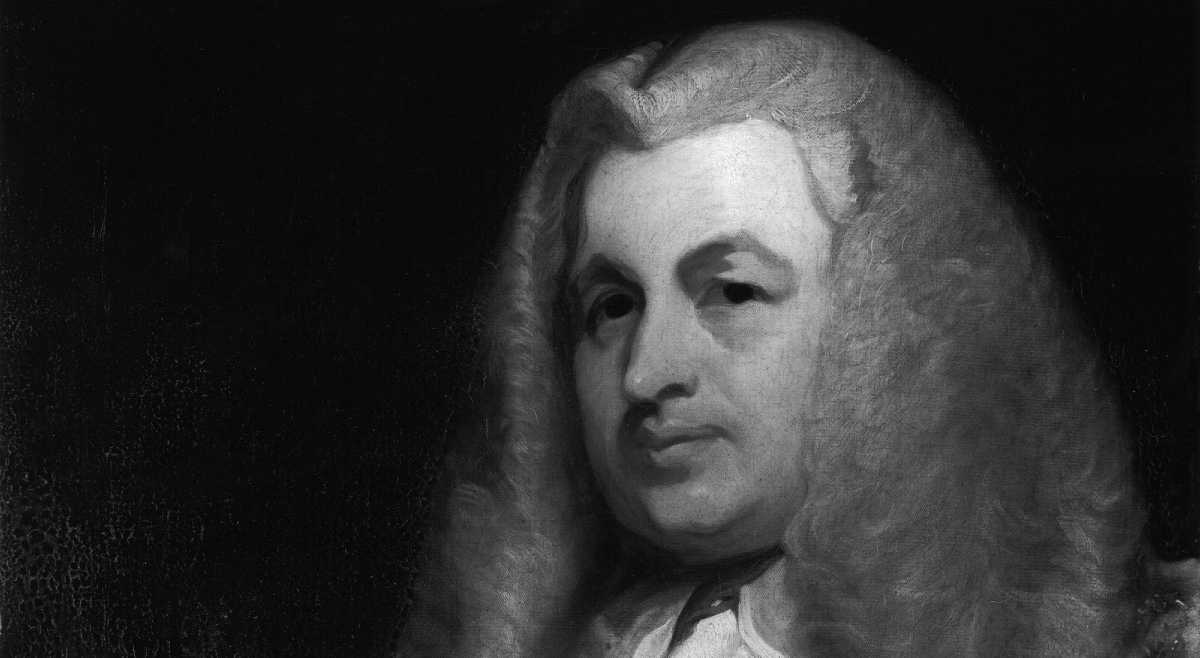
In his 1874 Lives of the Chief Justices of England, John Campbell tells this anecdote of Lloyd Kenyon, Chief Justice of England and Wales from 1788 to 1802:
In those days retiring-rooms for the use of the Judges were unknown, and a porcelain vase, with a handle to it, was placed in a corner of the Court at the extremity of the bench. In the King’s Bench at Guildhall the students’ box (in which I myself have often sat) was very near this corner. One day a student who was taking notes, finding the ink in his little ink-bottle very thick, used the freedom secretly to discharge the whole of it into my Lord’s porcelain vase. His Lordship soon after having occasion to come to this corner, he was observed in the course of a few moments to become much disconcerted and distressed. In truth, discovering the liquid with which he was filling the vase to be of a jet black colour, he thought the secretion indicated the sudden attack of some mortal disorder. In great confusion and anguish of mind he returned to his seat and attempted to resume the trial of the cause, but finding his hand to shake so much that he could not write, he said that on account of indisposition he was obliged to adjourn the Court.
Happily for Kenyon, “As he was led to his carriage by his servants, the luckless student came up and said to him, ‘My Lord, I hope your Lordship will excuse me, as I suspect that I am unfortunately the cause of your Lordship’s apprehensions.’ He then described what he had done, expressing deep contrition for his thoughtlessness and impertinence, and saying that he considered it his duty to relieve his Lordship’s mind by this confession. Lord Kenyon: ‘Sir, you are a man of sense and a gentleman — dine with me on Sunday.'”

